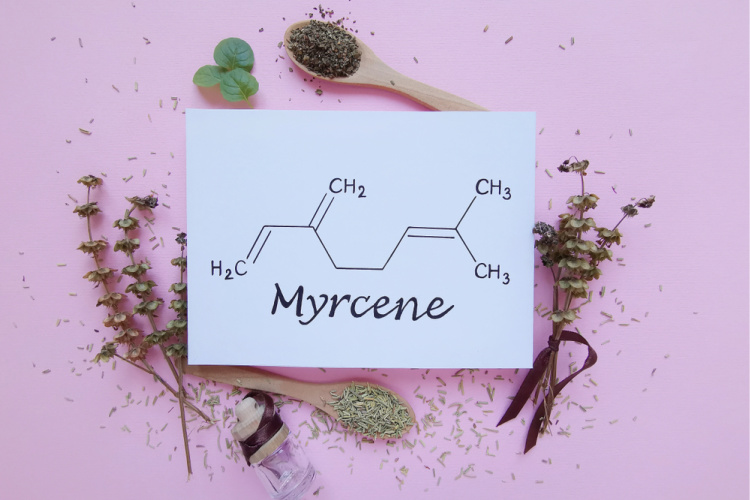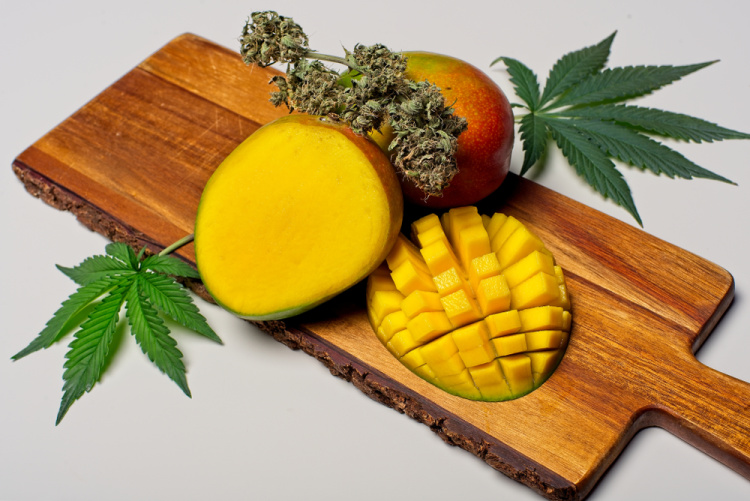You may have noticed a recent trend in the world of cannabis. Instead of talking about “indica vs sativa”—or even “THC vs CBD”—many cannabis consumers are focusing on terpenes as a way to characterize different strains.
Even if you’ve never heard the term before, you’re familiar with terpenes. They’re the fragrant hydrocarbons (or what many call “essential oils”) that give different strains of cannabis—and countless other plants and natural substances—their distinctive aromas and flavors.
Terpenes, as it turns out, do a lot besides impart lovely scents. Research shows that different terpenes work with the cannabinoids, flavonoids and other compounds in cannabis to produce what we call the ensemble effect, working together to create more powerful effects than they do individually. Preliminary research even suggests that some of the terpenes in the cannabis plant may have some health benefits, such as anti-inflammatory properties, though more data is needed!

For now, let’s begin with myrcene, one of the most commonly discussed terpenes
Myrcene: What Does It Smell and Taste Like?
While myrcene is popular and plentiful in some strains, it can be difficult to pick out a singular aroma.
Many terpenes have broadly similar characteristics. That said, if you’ve ever noticed a musky, earthy scent that reminds you of lemongrass, basil, bay laurel, or even fresh mangoes, there’s a good chance you’re picking up on the presence of myrcene.

What’s more, myrcene is the chemical precursor to many other terpenes, making it perhaps the single most important member of the terpene family.
What Does Myrcene Do For Us?
Terpenes aren’t the only compounds in cannabis that affect your body. You’re probably already familiar with THC and CBD, the two most important cannabinoids. But terpenes elicit specific bodily responses as well, and the effects of myrcene, whether in cannabis or in other plants, have been observed for years now.
Some potential effects of myrcene include:

- Sedation: Cannabis strains containing more than 0.5% myrcene content are thought to have broadly sedative effects. Some people find these strains helpful for insomnia!
- Pain Relief: In some rodent-based studies, myrcene has shown some evidence of reducing the perception of pain. Studies on humans, as well as plenty of anecdotal evidence, suggest that myrcene can have a similar effect for some people, as well.
- Anti-Inflammation: Studies suggest myrcene may have powerful anti-inflammatory effects. This is one of the reasons some people find cannabis topicals to be effective.
We’re fans of all things cannabis—there’s a lot of good that comes from this simple plant! Terpenes are a big part of what makes medical cannabis so great. While they’re no replacement for phytocannabinoids like THC, CBD, CBG, and CBN, they offer their own unique advantages, and we look forward to sharing more about these hydrocarbons with you.
If you want to become a patient in Minnesota, you can learn more about qualifying conditions and the certification process. And look out for more educational blogs about flower and terpenes coming soon!
